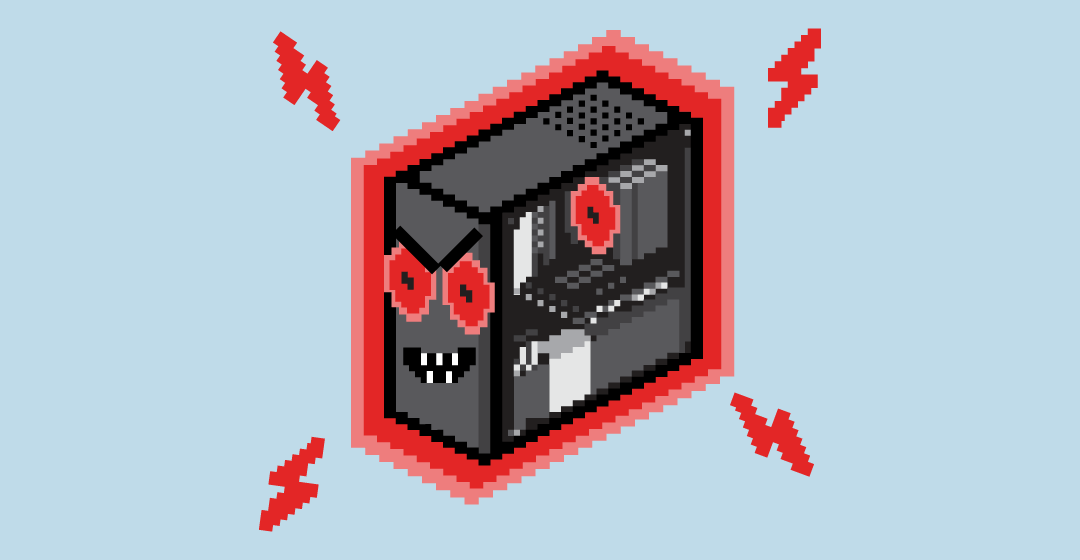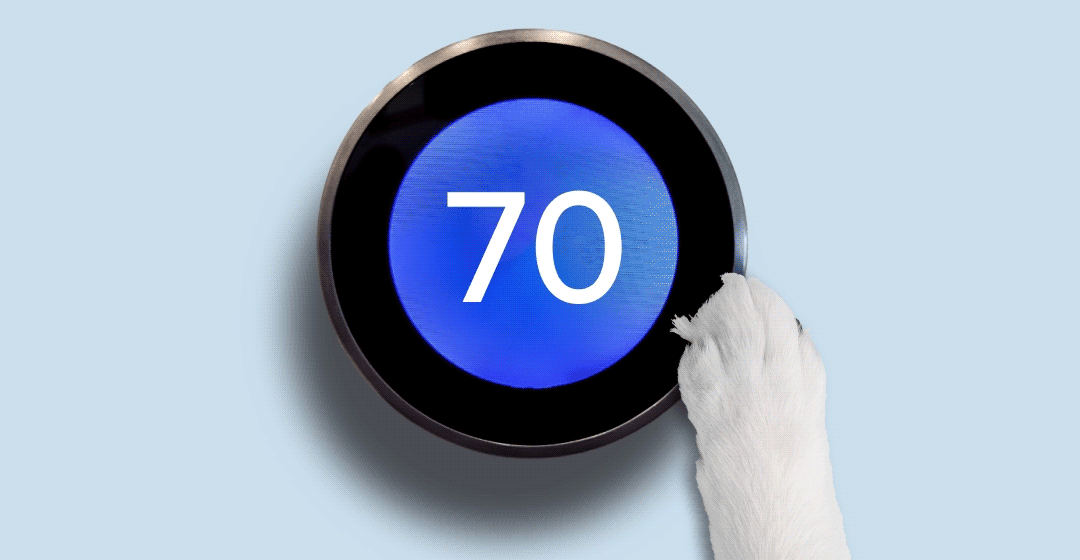
Sep 6, 2024 | Energy Efficiency
Everyone is gaming. From racing to role playing, the whole family is powering up.
Playing on a gaming console?
Avoid streaming media on your gaming system—it uses 15 times more energy than your digital media player and four times more energy than a traditional cable box or satellite.
Don’t wait to update! Some software updates can help lower your gaming energy use by over 65%.
Here are some more tips to help you save energy:
- Review console settings: Adjust in-game graphics settings to find the right balance between performance and energy usage. Lowering graphics quality can significantly reduce power consumption and may make your computer cooler as well.
- Check your power supply: For best efficiency and value, look for an 80 Plus-rated power supply that is gold level, according to PC Magazine. An 80 Plus rating guarantees that the power supply will achieve a minimum of 80% efficiency. Here are some that meet the criteria:
- Unplug your console: Set your computer to turn off when you’re away from the keyboard—or if you aren’t going to use your console for a while, simply unplug it. If using a PC, schedule software updates during the day while you’re using your computer in other ways.
- Use an advanced power strip: Watch for accessories that may still be plugged in and draining energy. Purchasing an advanced power strip from our Online Marketplace can help control your energy consumption.
- Turn off your controllers: Some consoles allow you to turn off controllers after a set time of inactivity. If that’s not an option, simply turn off your controllers when you stop playing.
See how small changes can add up to big savings. Learn more at SaveWithPPL.com.
Video and copy sources
- Lawrence Berkeley National Lab
- Entertainment Software Association
- EnergyStar.gov

Aug 2, 2024 | Energy Efficiency
Summer is always a fun time to get family and friends together to share some great-tasting food. Why not skip cooking in a hot kitchen and grill outside? It’s an easy way to save energy and money.
Serving no-bake desserts is another way to enjoy the party. You’re not only saving time, you’re also helping to keep your home cool and lower appliance energy costs.
It all adds up! Spend less on energy so you can spend more on what matters most.
Here are some of our summer favorites to get you started.
Grilled Texan chicken
Step 1 – Ingredients
- ¼ cup Dijon mustard
- 2 tablespoons lemon juice
- 1 ½ teaspoons Worcestershire sauce
- ½ teaspoon dried tarragon
- ¼ teaspoon pepper
- 4 boneless chicken breasts
Combine ingredients in a dish to marinate.
Step 2 – Drain and grill uncovered over medium heat, turning once, for 8–12 minutes—or until a thermometer reads 165°F.
(We made it. Check it out above!)
No-bake yogurt and fruit tart
Step 1 – Make your favorite no-bake crust, such as date, graham cracker, etc., and press into pan.
Step 2 – Spread 1 cup of your favorite flavored Greek yogurt over the crust.
Step 3 – Add a variety of fruit toppings. Get creative!
(We made it. Check it out above!)
Grilled chocolate chip cookies
Step 1 – Gather the following ingredients:
- 2 ¼ cups all-purpose flour
- 1 teaspoon baking soda
- 1 teaspoon salt
- 1 cup unsalted butter, softened
- 1 cup firmly packed light brown sugar
- ½ cup sugar
- 1 teaspoon vanilla extract
- 2 large eggs, at room temperature
- 2 cups semisweet chocolate chips
Step 2 – Whisk together flour, baking soda and salt.
Step 3 – Cream the butter, brown sugar and sugar in a large bowl with an electric mixer. Beat in vanilla, then eggs one at a time, scraping down bowl as needed.
Step 4 – Add dry ingredients until just combined. Add chocolate and refrigerate dough in an airtight container at least 2 hours.
Step 5 – Form dough into golf-ball-size rounds and place on a large sheet of foil, leaving 2 inches between cookies. Flatten partially with your palm.
Step 6 – Set grill at medium heat (325°F to 375°F), transfer cookies to rack, close and grill for 8 to 10 minutes or until golden brown.
(We made it. Check it out above!)
For more tips, tools and programs to help you save energy at home, visit SaveWithPPL.com.

Jul 16, 2024 | Energy Efficiency
The long days of summer mean higher temperatures, but they don’t have to mean higher energy costs. We have easy tips to help you stay cool and save, so you can spend less on energy and more on what matters most.
For instance, a smart thermostat is a great way to automate your summer settings and can save you up to $100 a year in energy costs. You can even check the temperature while you’re away to make sure your pet is comfortable. Save with generous rebates on smart thermostats at our Energy Efficiency Marketplace and find discounts on other energy-saving products.

Another idea is to limit the use of your stove, dishwasher and dryer during the day. These appliances heat up your home fast. Try running your dishwasher and dryer after the sun goes down.
And while dehumidifiers don’t technically cool a room, they do remove moisture from the air—which can keep your home healthier, as well as make it feel cooler and more comfortable.
Feeling different temperatures from room to room? Updating insulation and sealing air leaks can keep the hot air out and improve the efficiency of your cooling system.
And for extra savings, set your air conditioning fan to “auto.” That will dehumidify your home, keeping you cool and helping you save energy and money. It also helps prolong the life of your air filter.
Get more energy-saving ideas and tips by going to SaveWithPPL.com.

Jun 18, 2024 | Energy Efficiency
We’ve compiled a summer cooling checklist with quick and easy things you can do to save up to $325 a year in energy costs. You’ll stay cool this summer and have more $ for the things that matter most. Let the savings begin!
Click on the image below to use our interactive checklist with the savings you can expect from each item by hovering over the Notes icons. To print: Open this list in your browser by clicking “Use This List,” click on the hamburger (three–line) menu and choose “Print.”
On mobile? Get a better view of our list items by tapping “Use This List” and then selecting the item you are interested in.

Jun 12, 2024 | Energy Future, Safety and Security
Summer is quickly approaching and high temperatures are climbing, so we’re here with tips to help keep you cool.
You can save energy and money, even in the extreme heat, with our energy efficiency tips:
- Make sure your drapes and shades are pulled down during the day to block the hot sun.
- Wear light clothing and set your thermostat between 72 and 78 degrees. You’ll save energy for every degree higher you can set your thermostat.
- Try not to use large appliances like dishwashers, stoves, washers and dryers during the warmest hours of the day.
- If you haven’t already, make the switch to cooler and more efficient LED lights; incandescent lights produce heat.
- Ceiling fans cost far less to use than air conditioners, but only turn them on in rooms that are occupied.
The Centers for Disease Control and Prevention (CDC) states that over 1,200 people in the United States die from extreme heat every year. Older adults, children and sick individuals are at greater risk from extreme heat.
Here are some tips to stay safe during the hottest days:
- Find a cool place with air conditioning. If you don’t have air conditioning, the CDC urges you to find cooler places — shopping malls, libraries or public cooling centers — to avoid the heat.
- Check on your at-risk family members or neighbors.
- Drink plenty of fluids.
- Never leave people or pets in a closed car.
- Avoid strenuous activity.
- If you are outside, find shade and wear a hat big enough to protect your face.
We urge you to stay safe in extreme heat situations. Find a cool place, drink fluids and stay informed of the forecast and any weather-related warnings.






